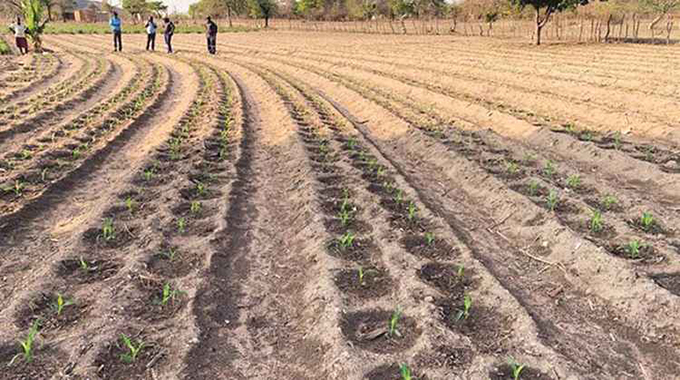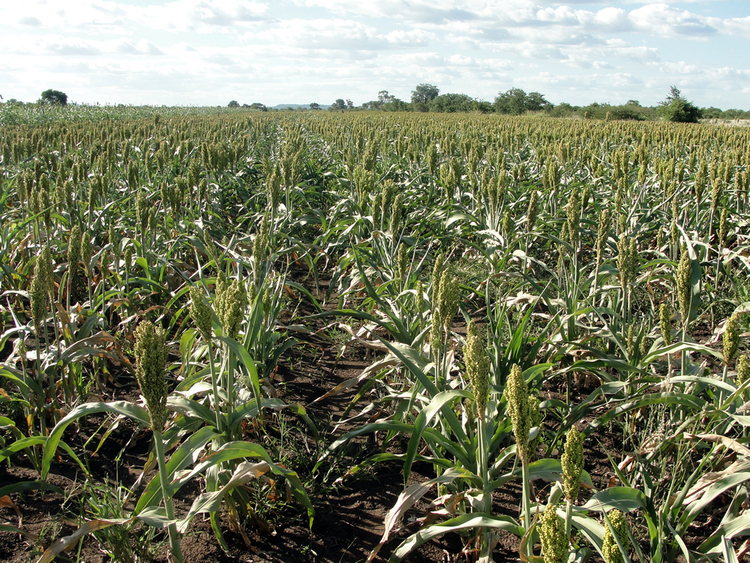
The Sunday Mail

Word From The Market with Simon Pande
AGRICULTURAL production is a critical component of Zimbabwe’s National Development Strategy 1 (NDS1) that seeks to achieve an upper middle-class economy by 2030.
In this regard, the Government has come up with several programmes that seek to empower the rural populace, the majority of whom rely on agriculture for their livelihoods, through enhanced production and productivity along their various value chains.
Various initiatives have been launched to assist small-scale farmers to boost agricultural production. They include the Pfumvudza/Intwasa and Presidential Free Input schemes. Despite all the concerted efforts by the Government to develop and modernise agricultural production systems among small-scale farmers, market access remains a challenge to farmers.
As in most African countries and other less-developed nations across the globe, small-scale farmers face several challenges in marketing their agricultural produce. Chief among them are poor storage facilities and poor road infrastructure.
Most small-scale farmers fall prey to middlemen who buy their produce at a song due to these challenges. It is against this background that the Agricultural Marketing Authority (AMA) is working on cluster development among small-scale farmers to create coordinated and organised farmer producer organisations (FPO) that would end the marketing challenges referred to earlier. An FPO is a business entity comprising primary producers, in this case small-scale farmers. Under this arrangement, farmers form groups of people with a shared vision and objectives regarding the choice of agricultural production systems to undertake and enterprises to pursue.
Naturally, as the old adage goes, there is power in numbers. The bargaining power of an FPO in the market is high as there is aggregation of produce by the farmers to meet the quantity requirements of various off-takers. In an FPO, production is coordinated, implying that the group makes decisions on the crop to grow or livestock enterprise to adopt. This decision will be informed by what is required in the market. This means market-led production is undertaken, hence a guaranteed market is secured prior to production.
There are a lot of benefits derived from forming FPOs. These include:
Collective management of resources
Collective purchases that can attract discounts from input suppliers
Reduction in cost of the means of production
Collective marketing improves bargaining power
AMA is, therefore, raising awareness among farmers on these benefits and assisting in the development of FPOs. The concept of FPOs is well-entrenched on the Indian agricultural production landscape, which is underpinned on transforming farming as a business.
This model has scored a lot of positives for farmers in India. In the Asian country, an FPO is a legal entity composed of 20 or more farmers and registered with the government of India through either the Cooperatives Act or Companies Act.
The concept is almost similar to the village business unit the Zimbabwe Government is rolling out across the country.
The emergence of FPOs in India over the years emanated from the highly fragmented nature of farmland in that country. There has been a steady decline in farmland size for small-scale farmers in the past 20 years. On average, land size in India is 1,08 hectares per farmer. On the other hand, about 86 percent of the small-scale farmers occupy total land holdings in that country.
This scenario of fragmentation of the land resource entailed diseconomies of scale and ultimately diminishing profitability of farming. These challenges led to the birth of the FPO model to enhance production and productivity by small-scale farmers.
The world’s largest dairy cooperative is found in India. Anand Milk Union Limited (Amul), a dairy cooperative, was born out of the FPO model. This women-constituted cooperative was created in 1946 as a reaction to the exploitation of local milk producers by the dealers and agents of the main dairy companies of that time. The aggregation of milk from the village level in the Amul case study shows how grassroots initiatives can lead to the birth of large conglomerates controlled and benefitting the primary producers.
The FPO model in India presents a desirable case study from where lessons can be drawn for Zimbabwe’s agriculture sector in transforming farming as a business.
If local farmers adopt such models, Zimbabwe will smash production targets, as well as achieve food and nutrition security, as espoused in the NDS1.
Simon Pande is AMA horticulture and livestock expert. Word From The Market is a column produced by AMA to promote market-driven production. Feedback: [email protected] or WhatsApp +263781706212.






